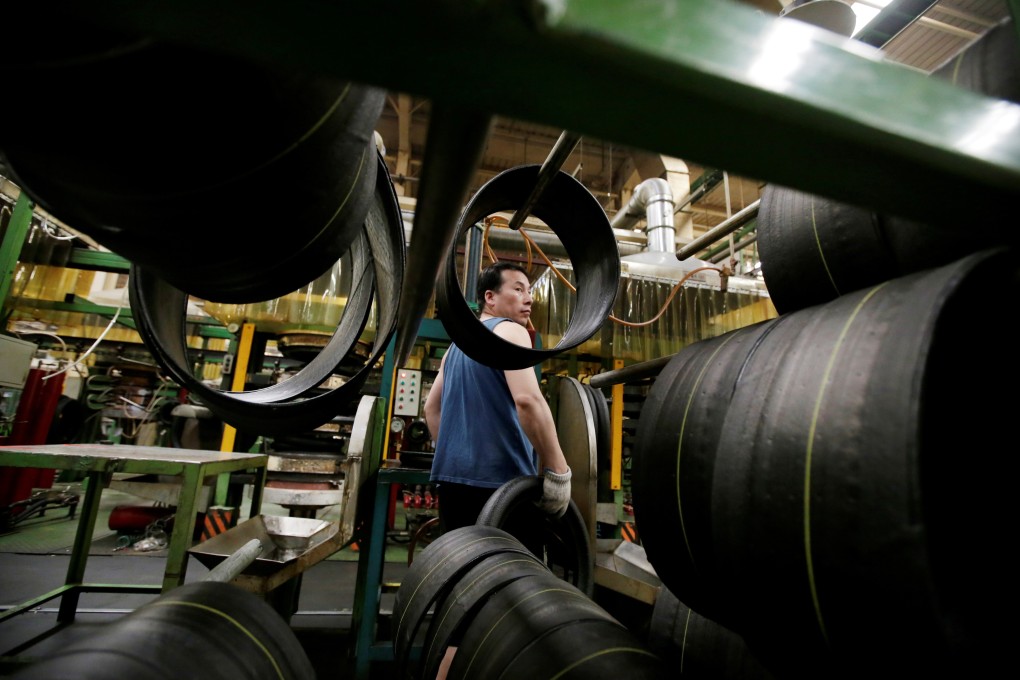What it means for Asia as supply chains make security the top priority
- As states and companies build redundancies and diversify to lower risks, China’s dominance as a global supplier will weaken in the longer term, while manufacturers in Thailand, Vietnam, Taiwan and Malaysia stand to benefit the most

Just how different it will be is only becoming apparent as detailed analyses of the longer-term impact of Covid-19 and accompanying geopolitical shifts begin to appear. The economic significance for China and other Asian nations in particular will be considerable.
The structure of global production and supply chains could change fundamentally, causing shifts in infrastructure links and human interchange. It will be not so much a brave new world as a more defensive one, with localised production matching more protectionist attitudes.

04:58
Can globalisation survive coronavirus or will the pandemic kill it?
As World Economic Forum noted, the “coronavirus crisis has revealed the fragility of the modern supply chain”, and an “urgent need to design smarter, stronger and more diverse supply chains has been one of the main lessons of this crisis”.
